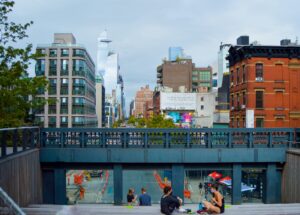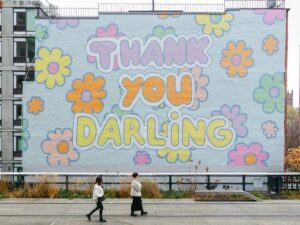Global warming, drought, migration and population growth have put our cities under heavy strain. What does the future hold for them — and all of us — in this scenario?
Cities have a very significant impact on climate change: It’s estimated that urban areas are responsible for 75 percent of greenhouse gas emissions. Before the climate conference in Paris in December, developed and developing nations alike pledged to curb greenhouse-gas emissions in an effort to reach worldwide consensus. But does this consensus absorb the world’s many different realities, cultures and levels of economic development? And is looking at the issue on a country scale the best one to take effective action?
If the majority of the world’s population is living in cities, and urban dwellers’ activities have such a large environmental impact, doesn’t it stand to reason that it’s in cities where solutions that will improve people’s lives and our relationship with the planet must be sought and implemented?
I firmly believe that cities can help to provide the solutions to the challenges we are facing; that every city, regardless of its size and wealth, can significantly improve in two or three years; and that cities are our society’s last refuge for solidarity.
As the list of megacities grows and as more and more people move into cities from rural areas, every city should prioritize three issues that have great impact on the quality of urban life, beginning to find answers that will sustain our society in the long term: mobility, sustainability and sociodiversity.
Read the full article on The New York Times
Author: Jamie Lerner
Recommended by Luisa Bravo











More Stories
A stealthy reimagining of urban public space by Elizabeth Diller
Security by Design: Protection of public spaces from terrorist attacks
A Blueprint for Public Realm Leadership